
Extreme events can be unpredictable in terms of their impact on raw water quality which is further complicated by the possible introduction of contaminants of emerging concern (CECs) into catchment runoff…

Extreme events can be unpredictable in terms of their impact on raw water quality which is further complicated by the possible introduction of contaminants of emerging concern (CECs) into catchment runoff…
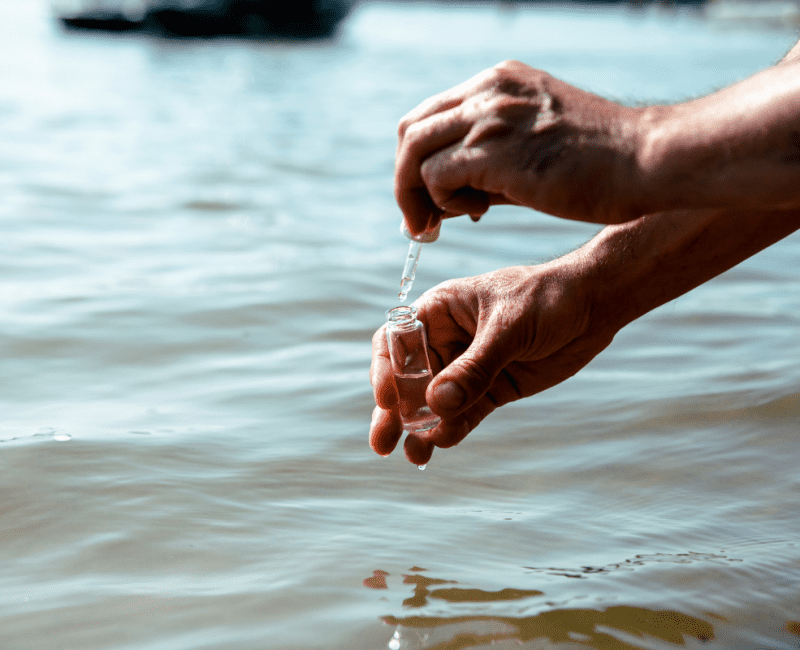
This project developed novel sampling tools to allow time integrated passive sampling of existing and emerging chemicals pollutants…
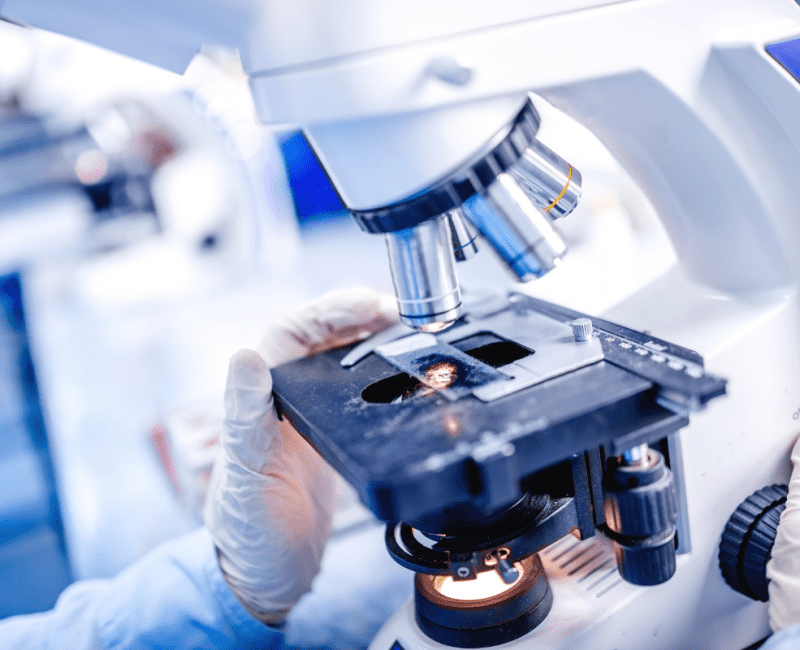
Raw source water contains parts of plants, blue-green algae and their toxins, and many other types of organic matter…

Blue-green algae reduce water quality, especially when they produce toxins…
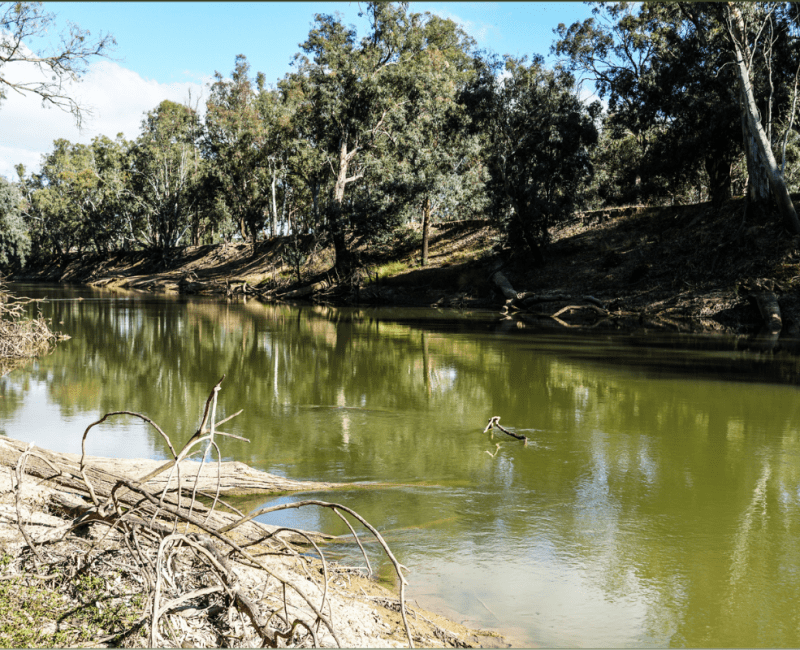
The environmental conditions which cause blue-green algae (cyanobacteria) blooms vary according to location, the climate, and other attributes of aquatic ecosystems…
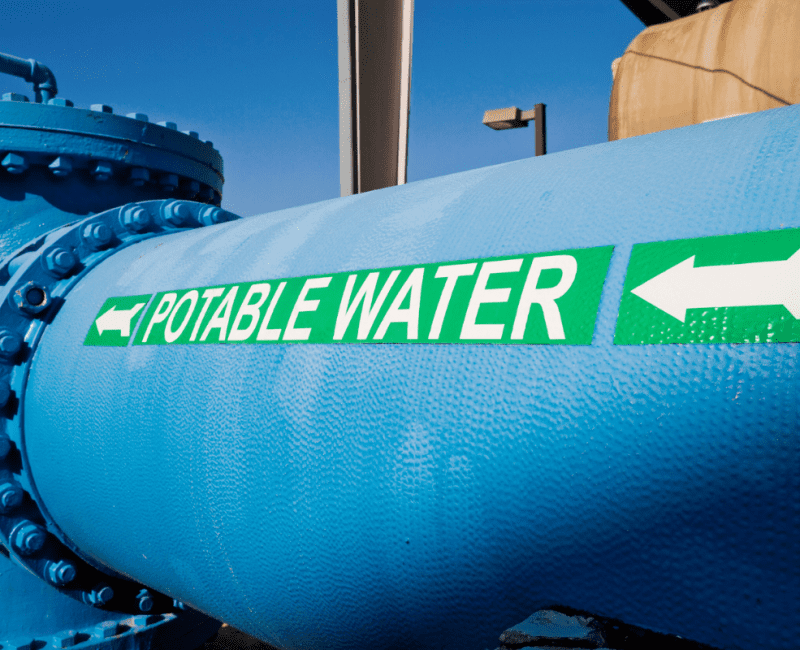
This discussion report describes international and Australian examples of different ways to use recycled water: groundwater and aquifer replenishment, surface water augmentation and direct potable reuse…
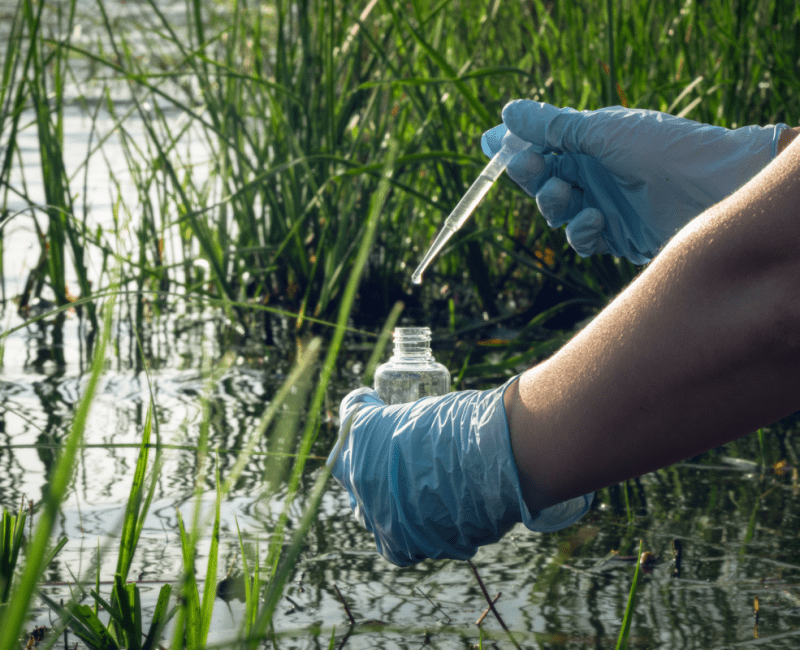
Fish, frogs, and other aquatic animals sometimes show signs of ‘endocrine disruption’; aberrant changes to their hormone or reproductive systems that are thought to be caused by chemicals in the water they inhabit…
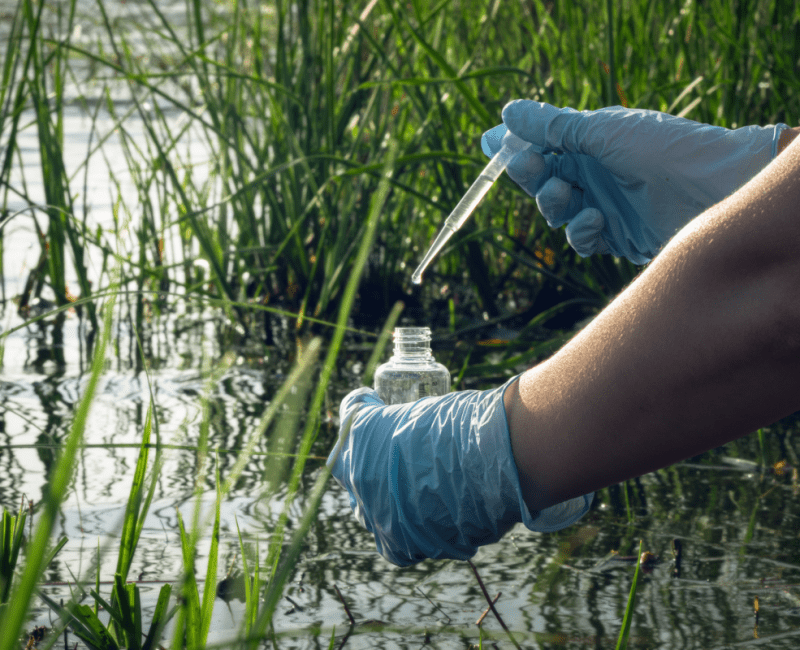
Fish, frogs, and other aquatic animals sometimes show signs of ‘endocrine disruption’; aberrant changes to their hormone or reproductive systems that are thought to be caused by chemicals in the water they inhabit..
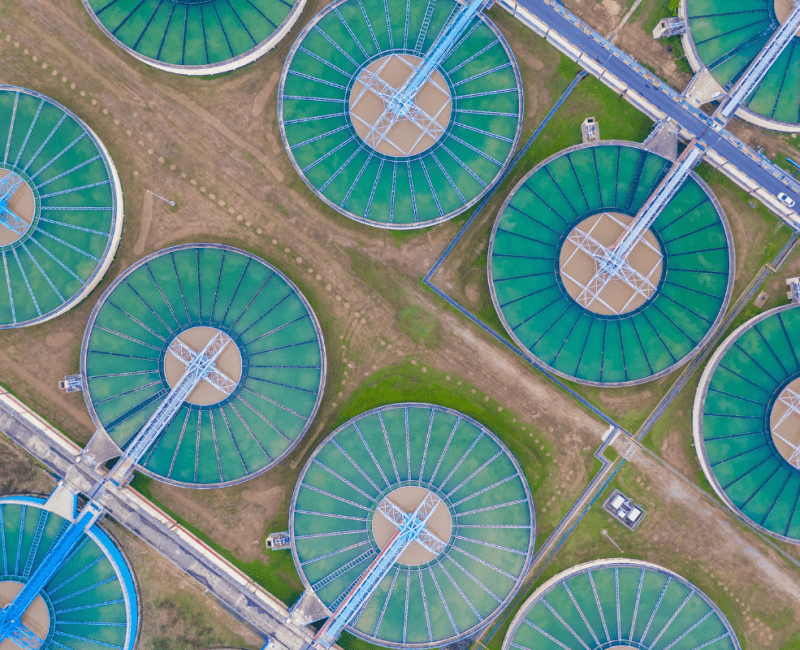
Water treatment plant operators remove cyanobacteria and the toxins they produce from source waters but calculating the amount of treatment needed for effective removal is difficult, particularly in bloom conditions when cyanobacterial cell numbers and toxins change quickly…

Blue-green algae (cyanobacteria) reduce water quality especially when they bloom and form high numbers of cells which produce toxins, and taste and odour compounds…